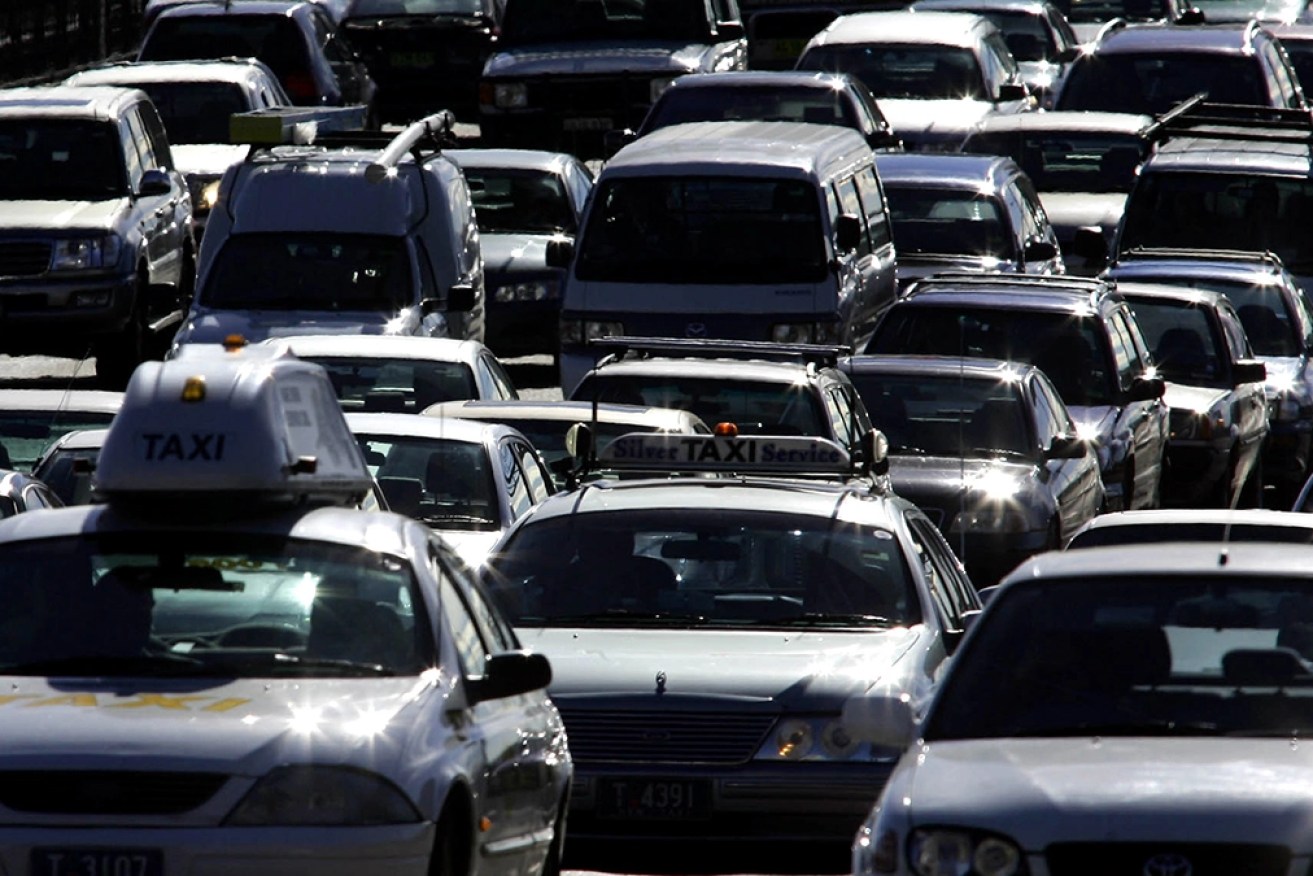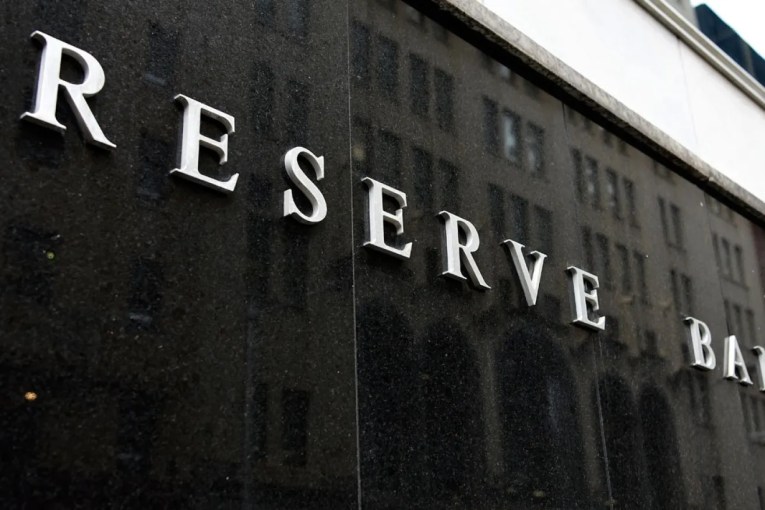‘Less-efficient cars’: Australians spending hundreds too much on petrol


Polling from the Climate Council has shown that Australians are supportive of fuel efficiency standards. Photo: Getty
Australians are paying up to twice as much more for petrol than motorists in Europe, according to fresh analysis calling for the government to introduce tough fuel efficiency standards.
Figures published on Wednesday by the Climate Council show Australians pay $1460 a year for petrol on average, while those in Europe are paying just $738 for the same distance.
The reason is that European cars are subject to stringent fuel efficiency rules that mean cars travel further for less, explained Climate councillor and economist Nicki Hutley.
“Our long-time lack of fuel efficiency standards makes us a dumping ground for older, less-efficient cars,” Hutley said.
“Australians are paying far more for fuel because we are driving inefficient petrol-guzzling cars the rest of the world has rejected.”
Fuel standards work by introducing limits on how much petrol vehicles sold to customers can guzzle per kilometre, reducing costs for consumers and also cut transport emissions.
Australia has historically not had such standards but the federal government is working on a plan to introduce them, with a policy unveiled in January that could save motorists $1000 a year on petrol by 2028.
Under current plans it will be introduced in 2025, though climate advocates have called for the standard to be introduced sooner, arguing Australia is already playing catch up.
Hutley said the standard is long overdue and would deliver cheaper, greener vehicles.
“It’s time for the federal government to put the pedal to the metal and deliver this standard so Australians can start seeing the same benefits already enjoyed by drivers overseas,” Hutley said.
Climate Council head of advocacy Dr Jennifer Rayner said Australia should at least introduce standards that are already in place overseas, which would deliver motorists “real benefits”.
“We shouldn’t have to settle for second best when there’s big fuel savings and pollution cuts to be won through an effective standard,” Rayner said.
In one example parsed in the Climate Council report, a Volkswagen Golf in the UK has a fuel rating of 3.9L/100km, while the Australian version guzzles 5.8L/100km – 33 per cent more.
That means Australians are paying more, but exactly how much is difficult to tell because motorists overseas have different degrees of purchasing power relative to their incomes.
Nevertheless, the broader international comparisons are stark, with Australians paying most for petrol out of the US, UK, New Zealand, China and Canada, according to the report.
The gap between Australia and the second-least fuel-efficient nation, NZ, is an estimated $379 per year, while fuel is on average $569 a year more expensive than China.
When it comes to light commercial vehicles (LCVs) – including utes and vans – the difference is even more stark, with Australians paying $2878 a year on average versus $2151 in NZ.
An Isuzu D-Max model used in the report has a fuel-efficiency rating of 6.4L/100km in the UK, but the Australian version uses 20 per cent more fuel at 8L/100km.
“Compared to the UK, Aussie drivers are paying an additional $465 a year for the same less-fuel-efficient vehicle,” the Climate Council report said.
The Albanese government is undertaking final consultations on a “preferred model” for fuel efficiency standards in Australia and plans to introduce legislation “as soon as possible”.








